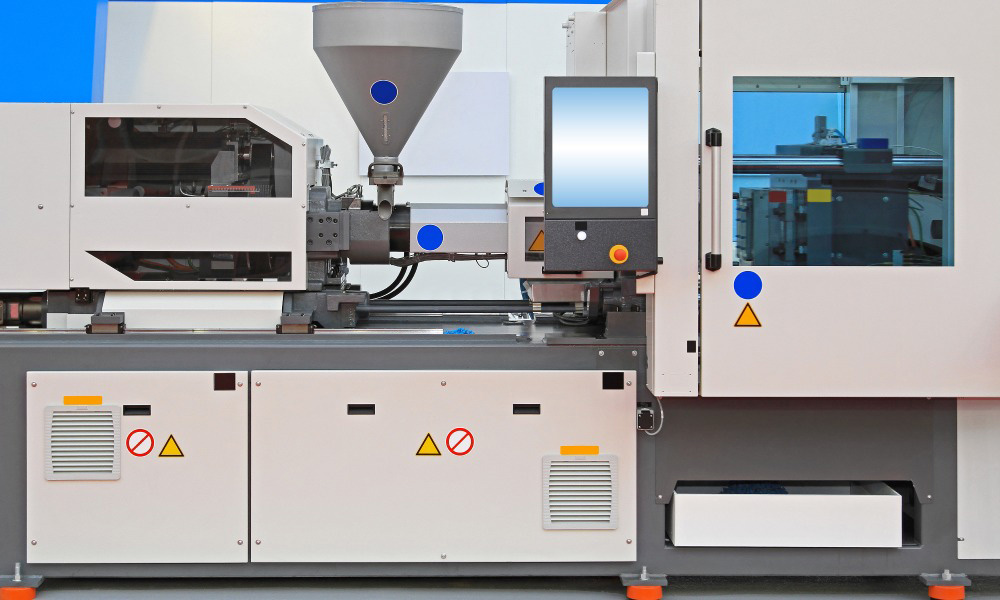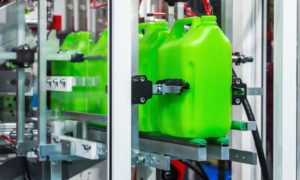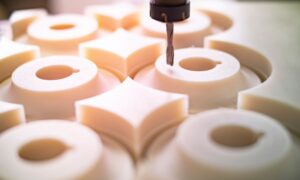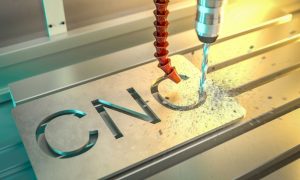There are many different manufacturing methods for plastic products around the world. Two of the most popular are plastic injection and CNC machining. These two processes are useful for a variety of products, and you’ll see many manufacturers using one or the other to produce their items. Here’s what you should know about the differences between plastic injection molding and CNC machining.
Plastic Injection Methods
Plastic injection uses melted plastic that machines pump into molds to create a product. These highly detailed molds then sit with the plastic until it hardens and the product is done. Then, it unloads the product and resets for the next mold injection. This is a very fast process that can produce high-quality goods.
CNC Machining
CNC machining is a subtractive process that can create a variety of goods quickly and precisely. This process builds a CAD file that a computer can read to create a set of instructions for milling tools and devices. Then, the machine chips away at a block of plastic to create the product.
Production Differences
How do these differences impact production methods? First off, it takes more resources and time to create the molds and system for injection molding, but it’s significantly faster once it’s set up. By using plastic machining services, you can bypass this slower startup time and benefit from the lower price per part for those larger runs. However, injection molding can only really use plastics, while CNC machines can use a variety of other products as long as they aren’t too soft. These are the main differences between plastic injection and CNC machining.
Understanding these differences will help identify the method of production that will best fit your needs. For example, changing designs is a lot easier for CNC machining, and it’s cheaper for short runs, but it can be more cost effective to use plastic injection if you’re making thousands of the same part.




